When I planned this exploration of the history of the woodcut I had decided not to include the very fine art of wood engraving. It’s different in so many ways from the woodcut, the wood is different, the tools are different and the skill is different.. and I certainly don’t have that skill.
But it is very a beautiful printmaking technique and so I thought I should really give it a try, just to increase my understanding if nothing else.
To quickly make a simple comparison a “wood-engraving” is carved on fine endgrain wood. A “wood-cut” is mostly made on the side grain or plank.
Thomas Bewick: Master of the Woodengraving
A past master of the engraving technique who most people will recognise was Thomas Bewick whose delightful vignettes decorate many books about birds and the countryside.
This image is from an article about the printing of some of the original blocks here
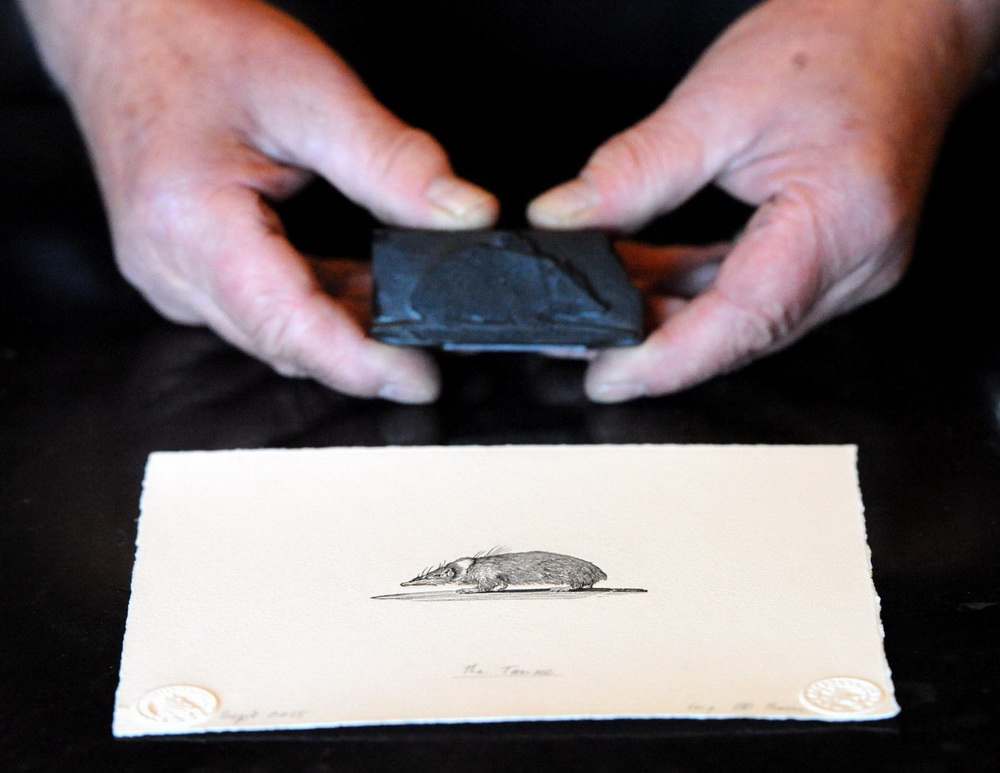
It gives a very good idea of the tiny block…. (Oh dear.. that is so small!)
I have been extremely fond of his work for many years but what I think I love most are the little glimpses of 18th century English life. Could this be his wife Isobella hanging out the washing?
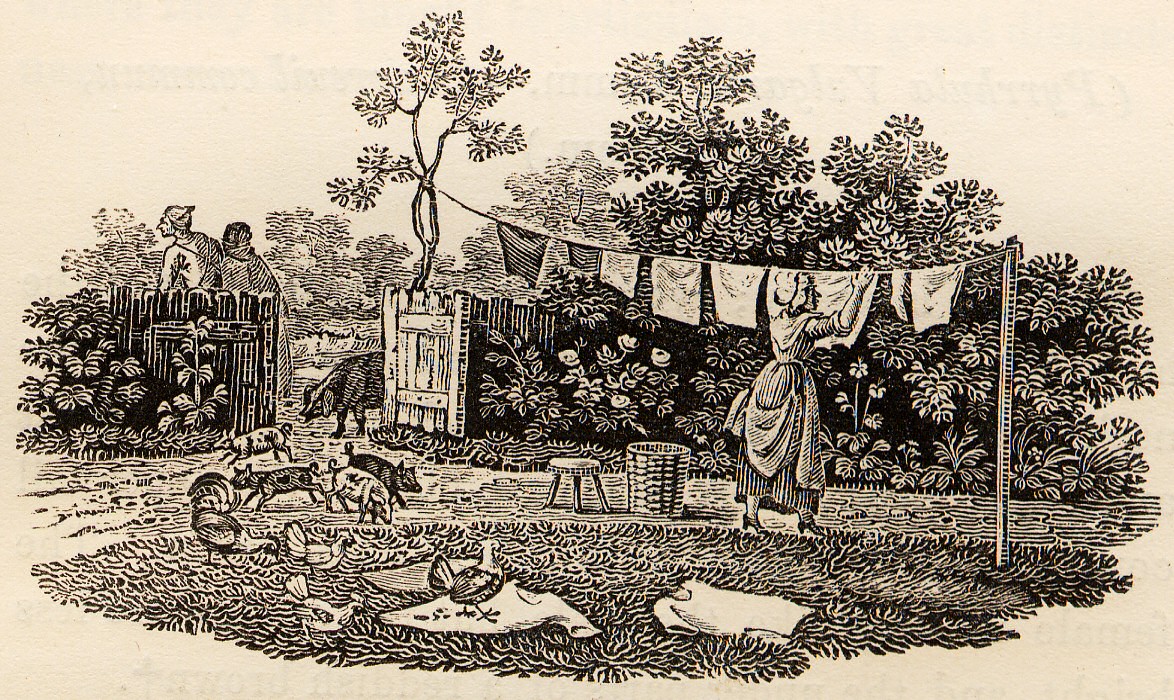
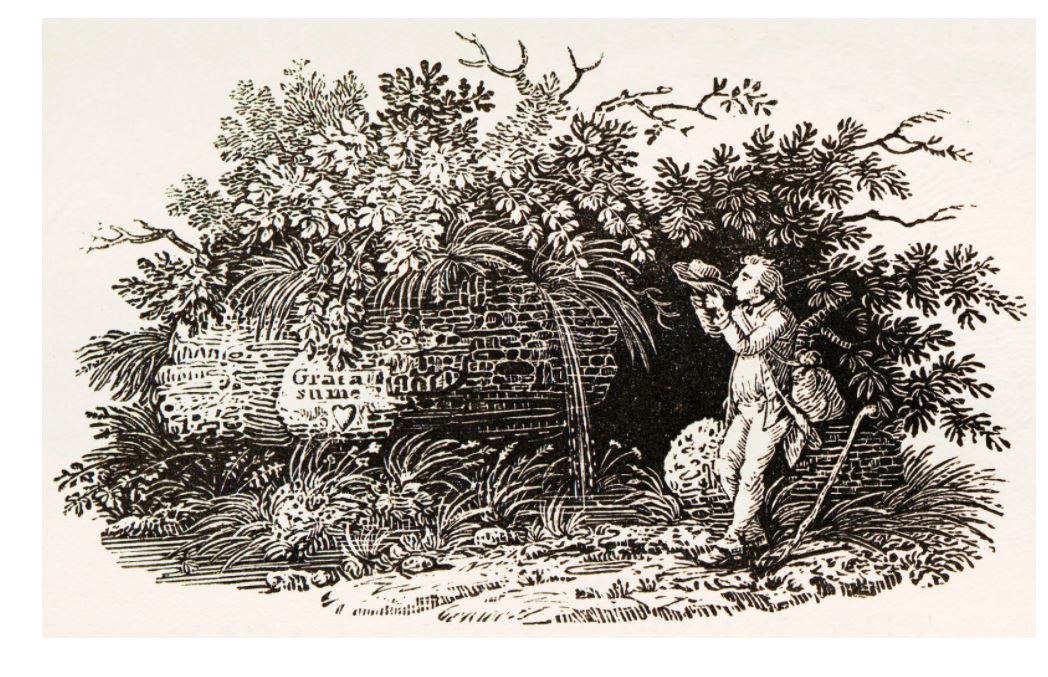
Many books use his work but often are very badly printed or printed much too large (?doh?) completely missing the point and misrepresenting the beauty and skill of the cutting. I really hate the sloppy use and abuse of “convenient” historic images which have come into the public domain often without reference often to whose work it was, size medium, etc. To learn more about the real thing see this lovely little 4 minute film from the Bell Museum which shows the blocks and the prints and explains a little about Bewick’s contribution to Natural History. Watch here.
The whole history of wood-engraving is fascinating and as I started my career as a black and white illustrator it was something I always admired. I once owned many books illustrated by various wood-engraving artists, including Clare Leighton, Robert Gibbings, Peter Reddick, Gertrude Hermes, Agnes Miller-Parker, G F Tunnicliffe and on and on.
There are also many wonderful wood-engravers working today and you can find many of them at the “Society of Wood-engravers”
Making a Start
I don’t have a favourite artist but have always really liked the stylish work of John Farleigh so I turned to his little Dryad Handcraft book for some advice on starting. I bought some tiny practice blocks from Chris Daunt which arrived beautifully wrapped and prepared type high so I will be able to use them with type if I ever make anything worth pursuing. I have had them for some time, being reluctant to start. They are very intimidating because they are so perfect.. defacing them with clumsy amateur scratchings seems just wrong.
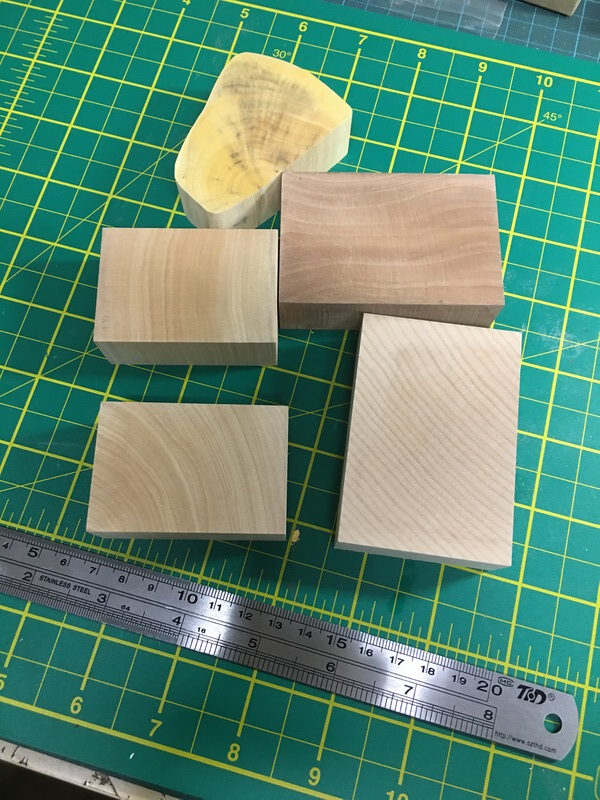
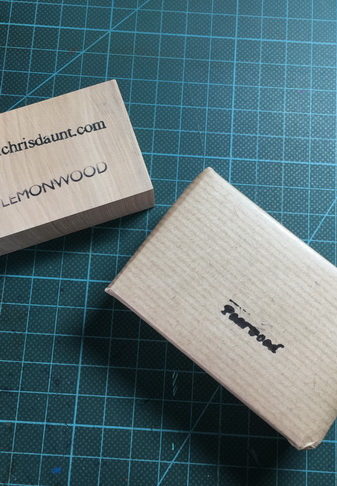
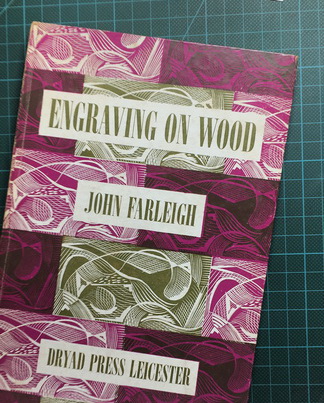
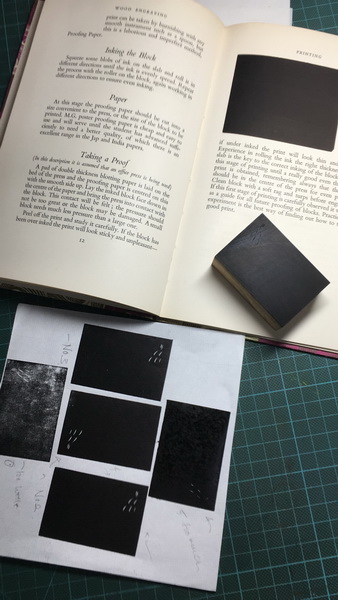
John Fareigh’s Book and first pieces of advice to just print the block. The block is maple and is only 4 x 6cm
Put simply, you start by printing the block without any marks at all, just to get used to the correct inking. Then you divide the tiny block into sections and gradually fill in the sections with hatching to created gradated tones, printing the various stages.
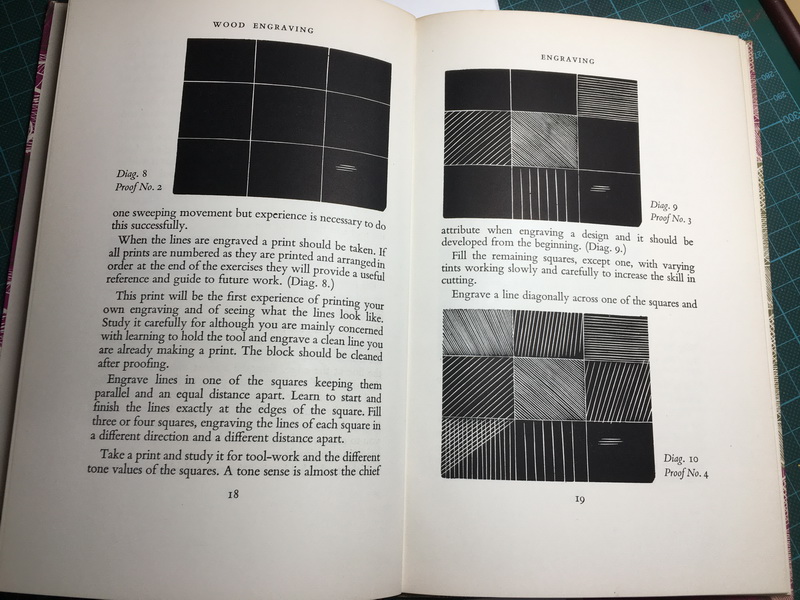
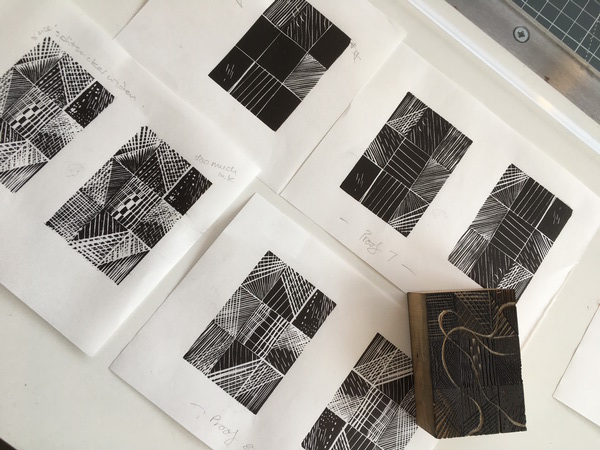
This were my results from Block 1.
On Block 2 you try curved lines and a couple of different tools. I only have 3 gravers but I think it’s enough to start with.
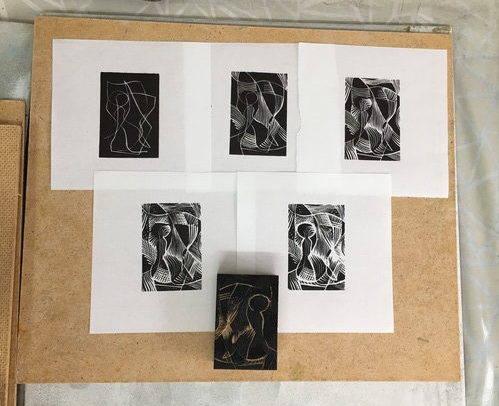
Block 2 cut with curved lines
There was a long gap between the two trials but I think I am getting the hang of how to cut the blocks. Printing is tricky! Paper/ink/pressure etc all make such a difference.
I ended up with lots of proofs so decided to make a small booklet to record the halting progress.
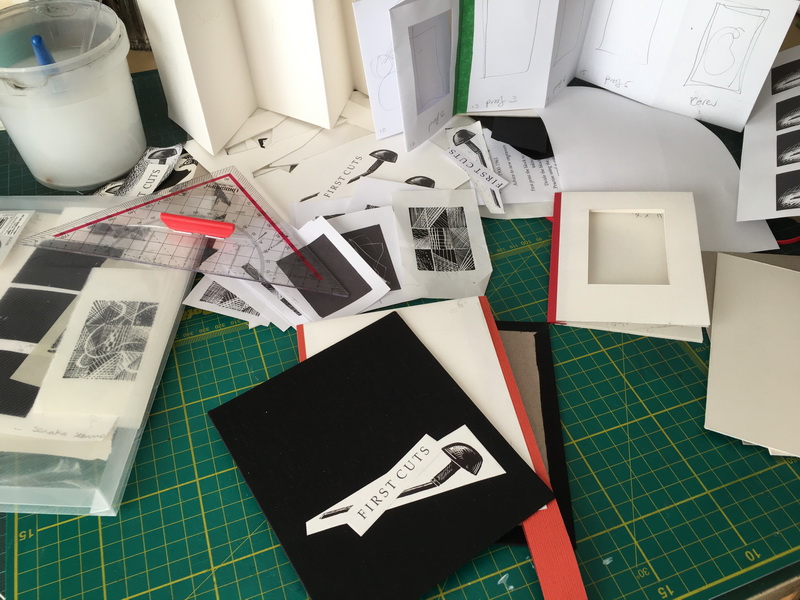
I made a scraperboard image of the graver and added some type and printed that digitally. Then made a concertina form with windows to house the proofs and a bit of blurb about John Farleigh.
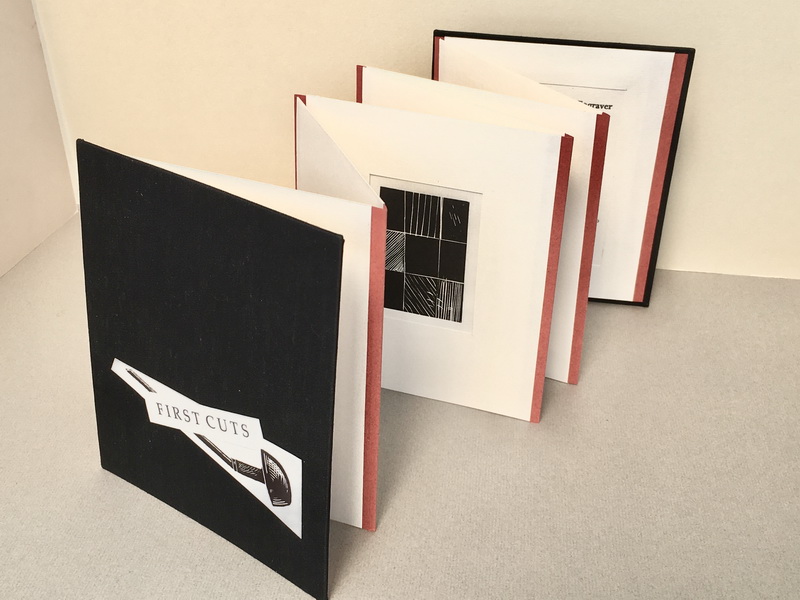
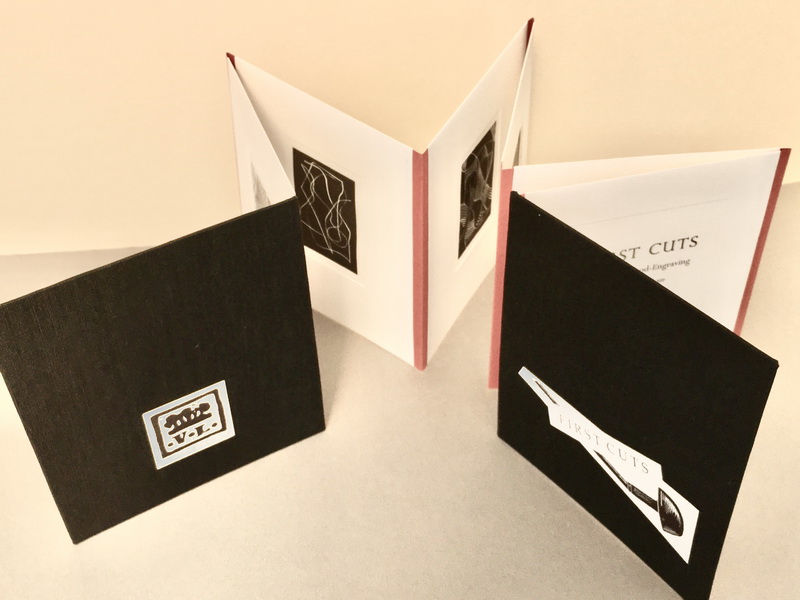
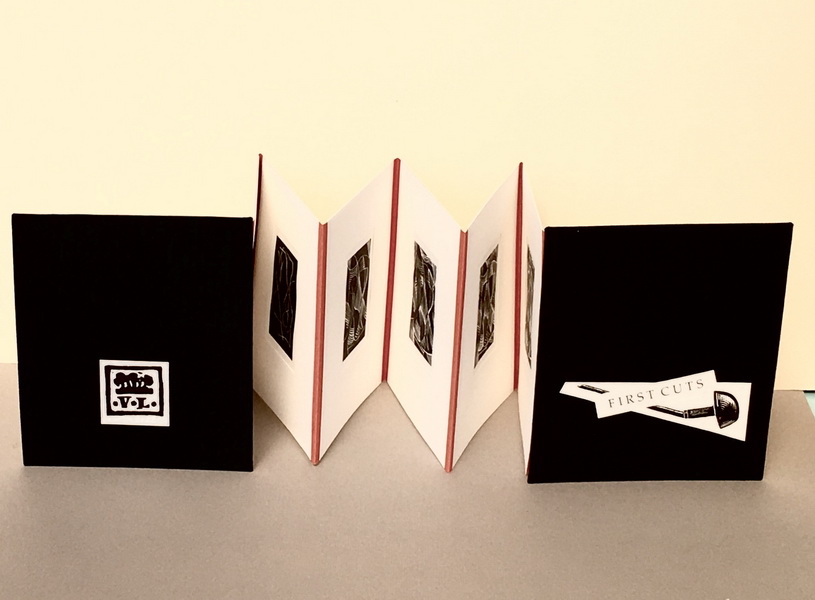
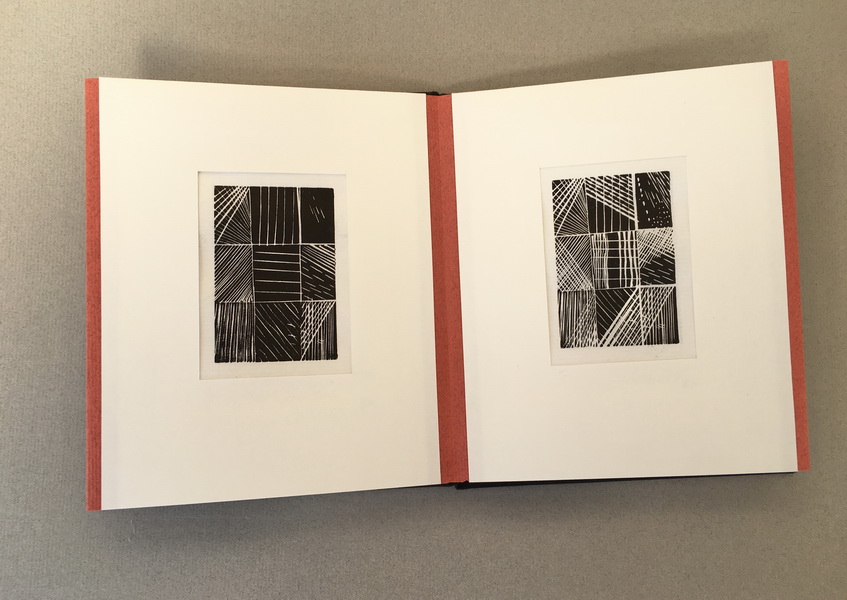
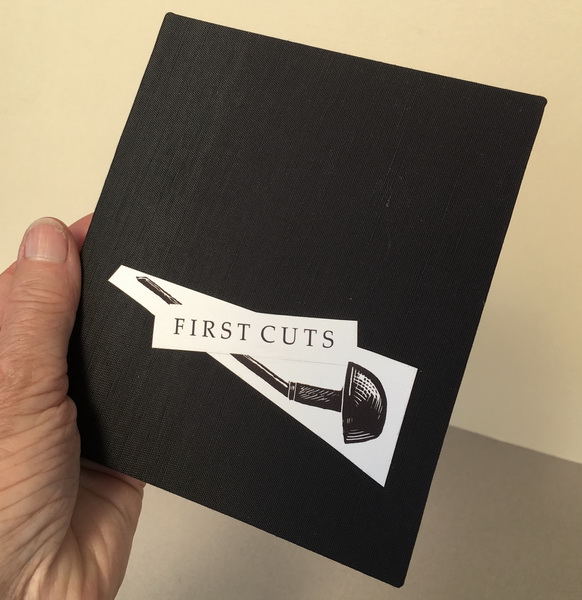
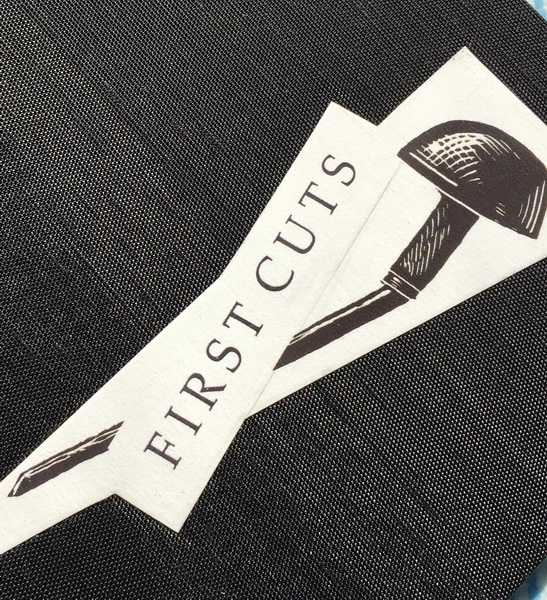
It’s been a bit of a dry run for a small booklet I am designing to help me explore more about wood-engraving and hopefully make some progress.
Regular “Weekly Woodcuts” returning soon.. delay due to dithering because of too many wonderful choices!






It one of those thing I have always been going to do I must order the book